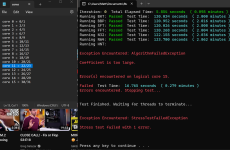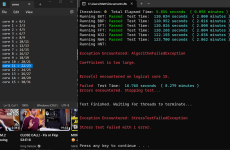@LtMatt How many hours did it take you to tune your CPU? Assuming the majority of this is setting negative voltage offset for each of the 16 cores, and testing until they crash (as you described earlier with ycruncher).
Also, once you've established a voltage for all 16 cores (are they similar or different offset for each individual) does this tend to persist through BIOS revisions? As in, taking a picture/recording the curve settings, then quickly dialing in the same settings when next BIOS update comes around?
Just trying to see if it's going to be worth me doing this when my 7950X3D arrives. Playing some CPU demanding games at 4K (Cyberpunk, Hogwarts etc).
I’m not sure, I'm still doing it Lol. Best to just take a guess initially with curve optimiser all core and set it to something like -15 and test. Test under y cruncher for a few hours and wait 24 hours to see if the system randomly restarts at idle/light load. If it doesn't go ahead and lower it by another -5 and repeat. At some point, (for me it was around 21) one core will throw an error in y cruncher, or the system will just restart randomly unexpectedly. Hope its the former and not the latter, as the former is easier to know which core didn't like the negative offset. Assuming it was y cruncher that threw and error and highlighted the problematic core, at that point switch to per core curve optimiser and back that core off two notches. Now focus on the others. It can be a long and tedious process, but this is the best way I've found to do it. It's not so bad with an 8 core CPU, it's the 16 cores that can be a killer. Generally, it persists through BIOS changes, but taking pictures is essential once things are set because you will forget after a period of time. It's definitely worth doing IMO.
Last edited:





